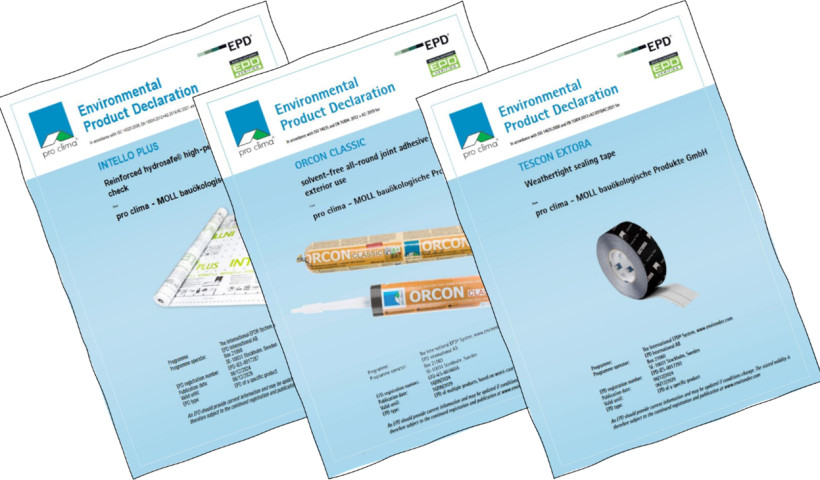
Missing out on insulation
Insulation, airtightness and ventilation, along with heating, make homes comfortable. The challenge with kitchens and bathrooms is not just the higher humidity caused by cooking or showering; the challenge is in the walls themselves. While INTELLO is excellent for insulation performance and preventing vapour movement into framed walls, it will not fix the common issue of missing insulation in these wet rooms.
If there is one wall in the house, where you should add a service cavity?
Timber frames arrive on site, and the kitchen design needs extra nogs to hang wall cabinets; the builder adds those and two more for the range hood. Likewise, in the bathroom, the plumber adds nogs for their brass elbows, shower mixer and rose. The in-wall toilet cistern removes all space for insulation. And that is the problem — lack of insulation, or at best compromised construction R-value in those walls. To compound the issue, after insulation is installed in the remaining gaps, the electrician removes it to make space for cable feeds — and we all know the kitchen is the place for as many power points as you can fit in. Cold spots? Yes. Condensation? Yes. Mould risk? You bet.
The solution?
One is to create an additional service cavity inside the insulated wall to house cable runs, small diameter plumbing, and, of course, all the extra nogs for structural fixing of cabinets, etc. The other solution is better: to provide a blanket of insulation outside the existing framing. This keeps all the framing warm. Clip and rail systems bridge the gap between framing and cladding, and the market has many options now. Both options will improve construction R-values resulting in higher internal surface temperatures. Higher surface temperatures equal a lower risk of condensation.
What is the downside of this improvement? A thicker wall? With so many designs already using 140mm framing, that argument is now obsolete. But, can the assembly be even better?
Adequate insulation value, now what?
Once we have insulation back in the wall, using purpose-built products such as Pro Clima’s INTELLO humidity variable airtightness membrane benefits the whole envelope. So, what are the benefits of adding INTELLO to these walls and ceilings?
Adaptive vapour control
Pro Clima INTELLO's standout feature is its ability to adapt to varying humidity levels. In wet areas like kitchens and bathrooms, where moisture production fluctuates, having a membrane that can adjust its permeability ensures effective moisture management. Enclosing wet areas with a vapour barrier like polythene would stop internal moisture from diffusing into the building envelope; however, it would also not allow any drying to occur (because it is a complete vapour barrier). INTELLO gives us the best of both worlds: maximum moisture control while providing maximum drying potential.
Mould prevention
Wet areas have the potential for mould growth, which is visible on the internal surfaces and, more critically, within the building envelope itself. Mould is unsightly and a health hazard as the spores dry out and become airborne. INTELLO's intelligent vapour control significantly reduces the risk of mould formation by helping prevent condensation within the building envelope. Adequate internal ventilation should always be utilised to reduce the overall moisture loading.
Energy efficiency
One of INTELLO’s main uses is as a robust air barrier. By minimising air leakage, the membrane helps retain conditioned air, enhancing the building's overall energy efficiency. Airtightness ensures energy invested in heating, cooling and ventilation is not wasted due to uncontrolled air infiltration.
Durability and longevity
The long-term reliability of INTELLO ensures that surrounding building materials, such as fibrous insulation and framing, remain protected over time, minimising the need for costly repairs and replacements. Mr Poggenpohl will be satisfied.
For the past 20 years, INTELLO has continued to be a reliable component of effective moisture management in wet areas like kitchens and bathrooms and the building envelope as a whole. Its adaptive vapour and air control characteristics make it an effective solution for code-compliant building designs. Incorporating INTELLO in construction projects ensures an efficient and resilient building envelope, safeguarded against the challenges posed by moisture in high-humidity environments.
Contact Pro Clima on 0800 PRO CLIMA or [email protected] to discuss how to build a better kitchen wall.













 Case Studies
Case Studies








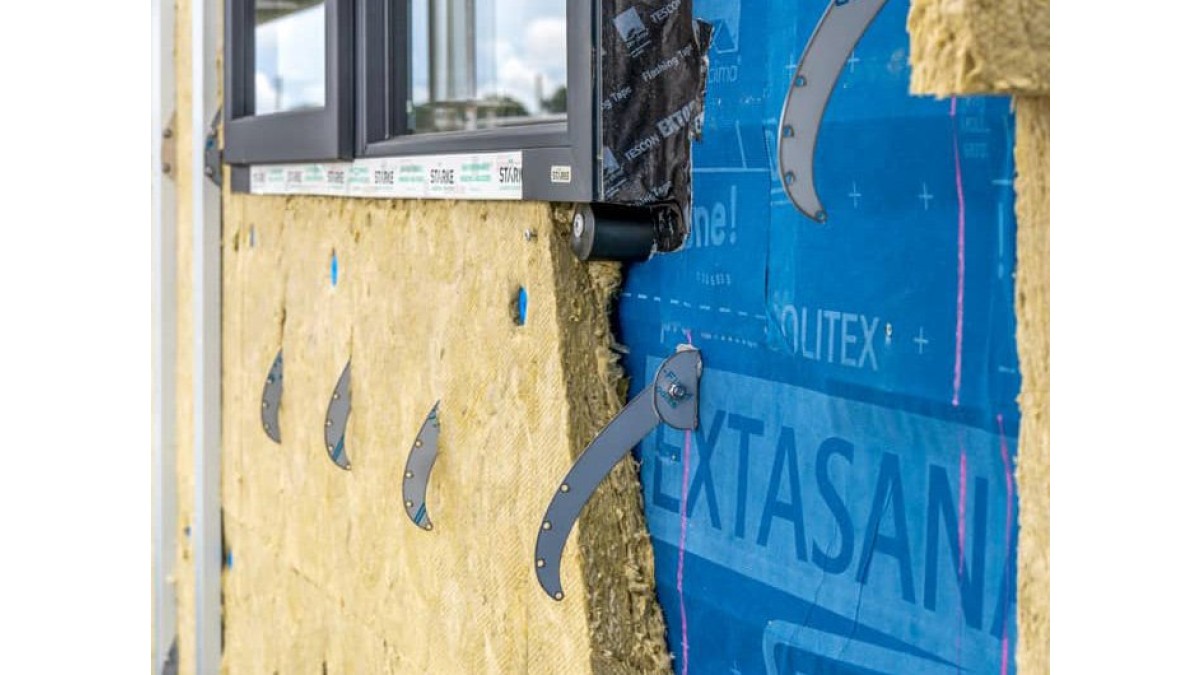
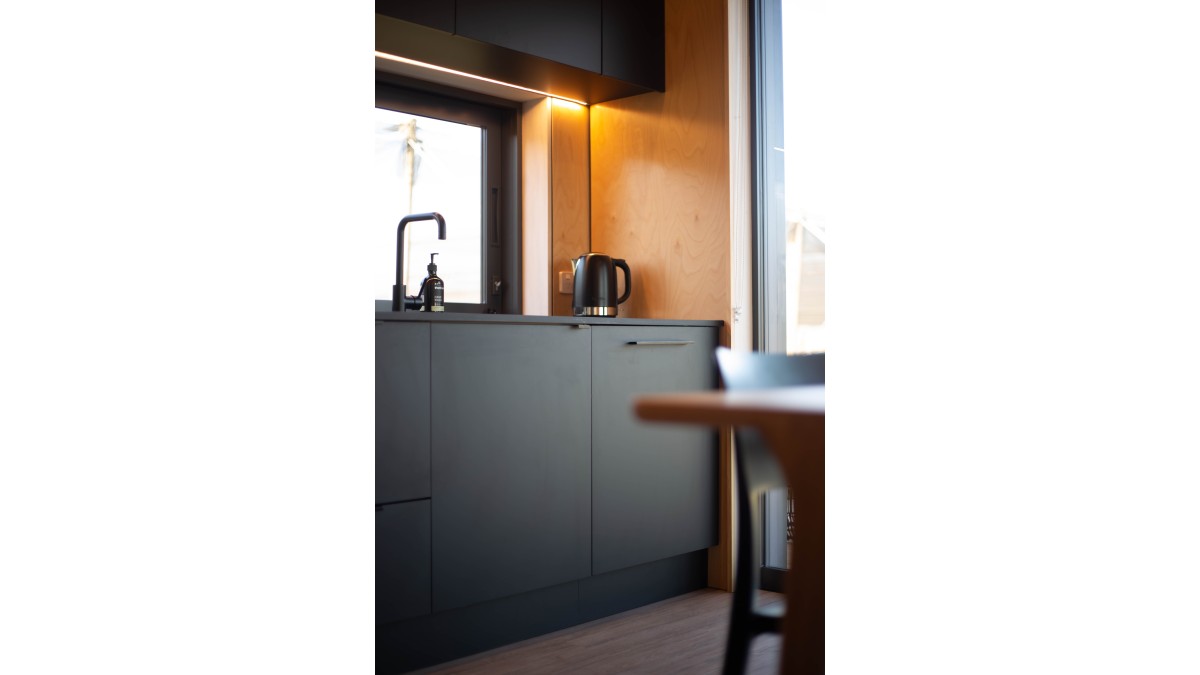



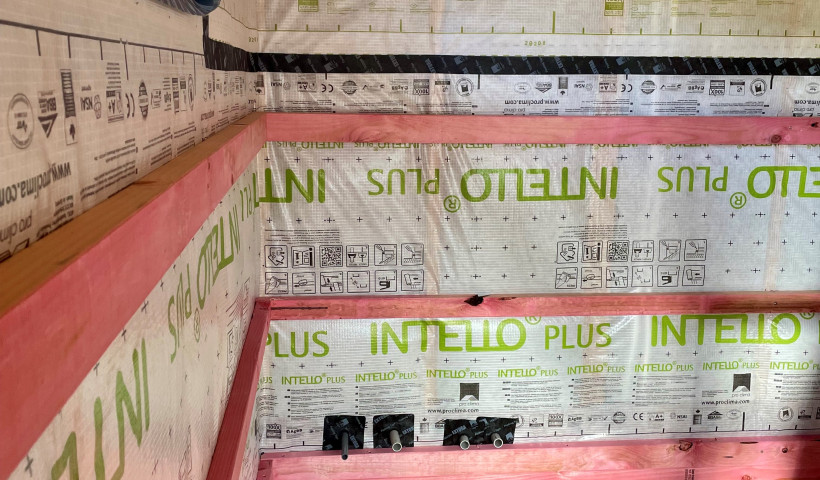
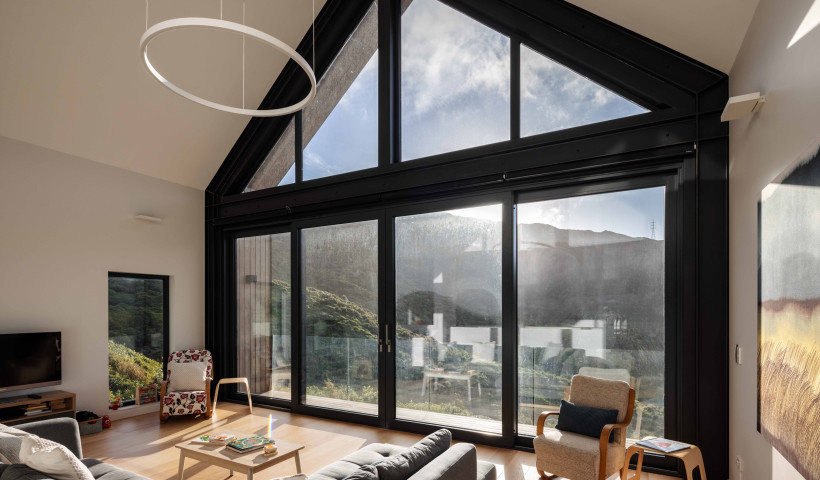
 Popular Products from pro clima
Popular Products from pro clima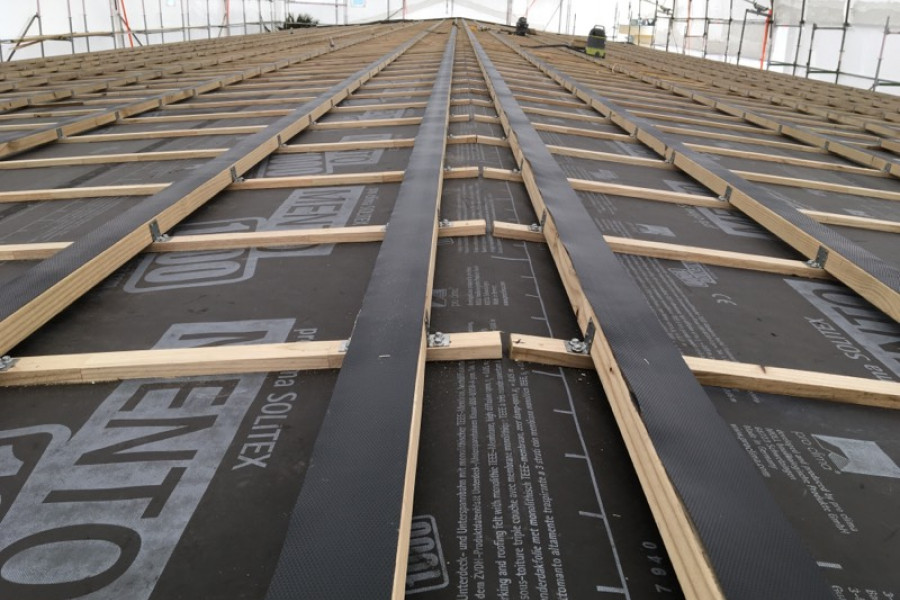
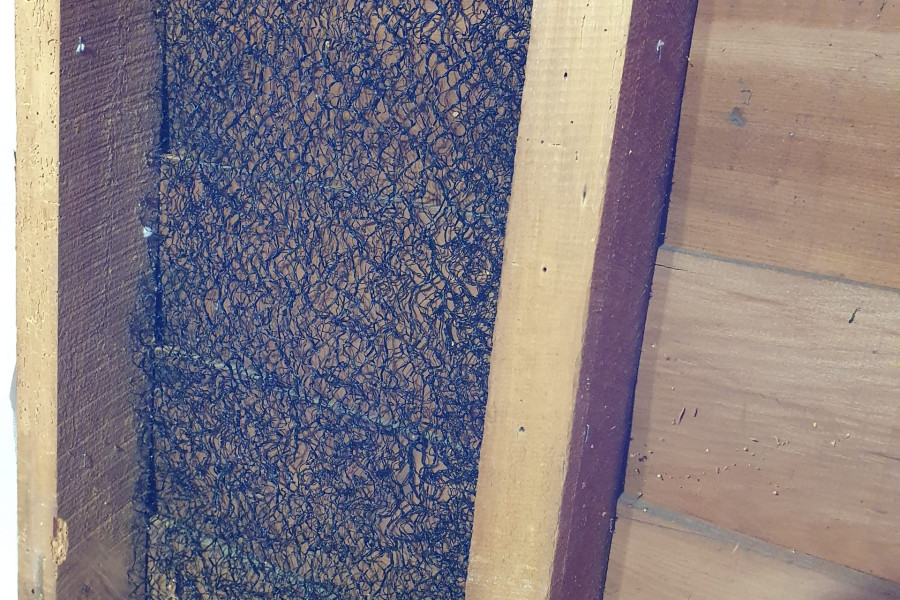
 Posts by Pro Clima Technical
Posts by Pro Clima Technical
 Most Popular
Most Popular


